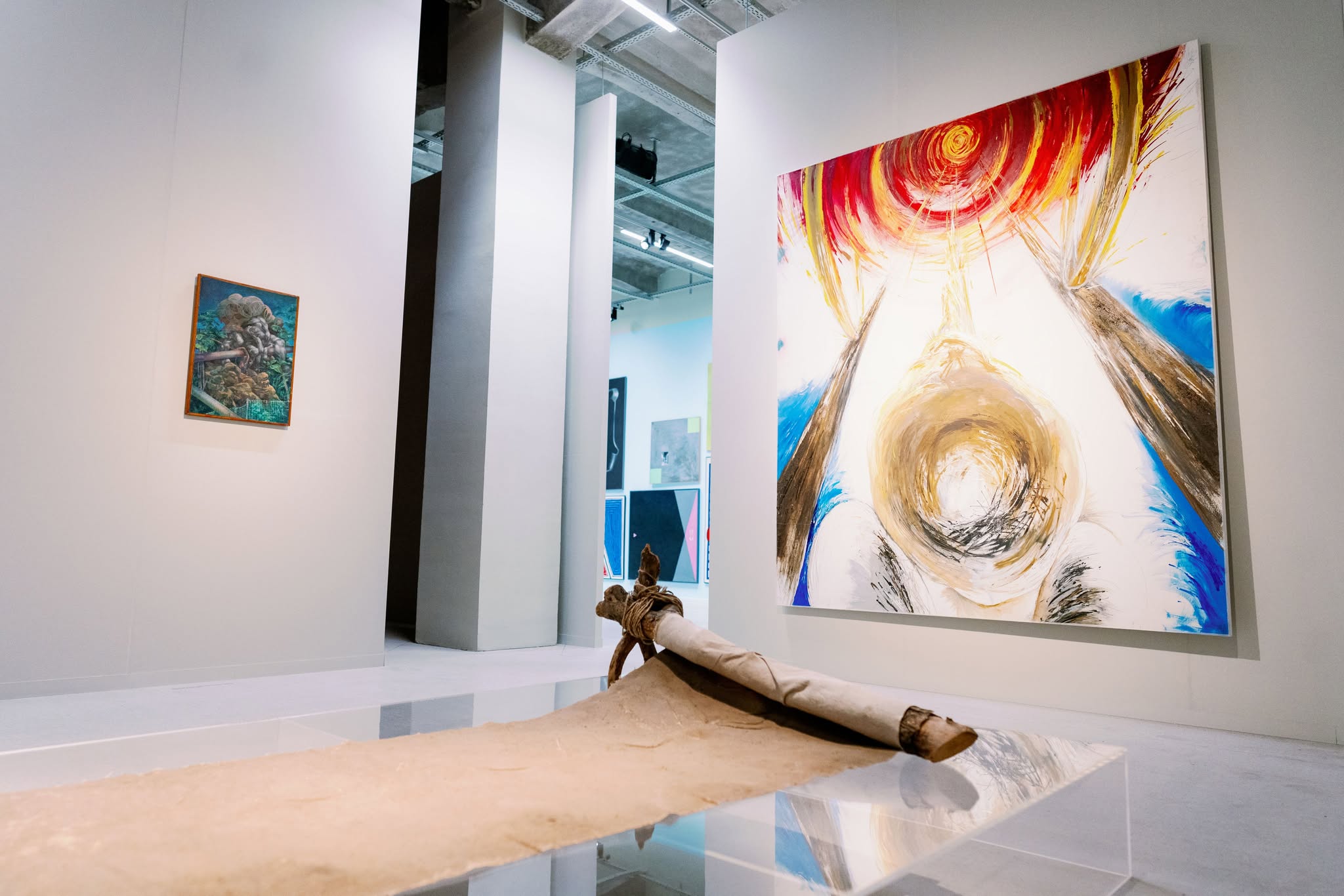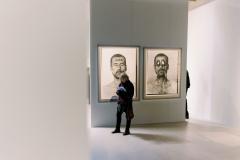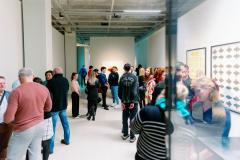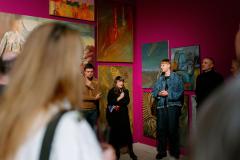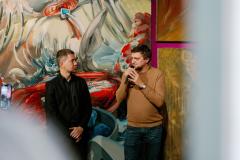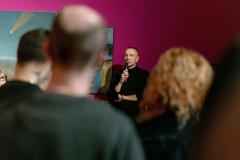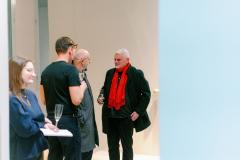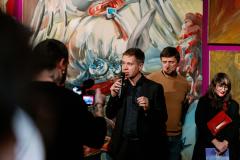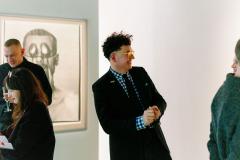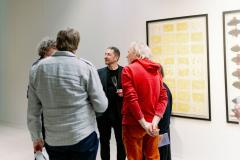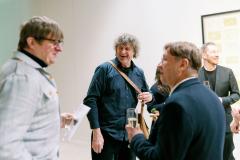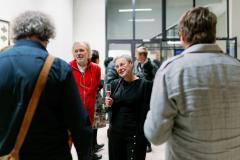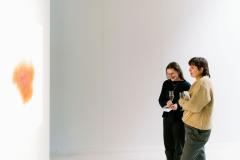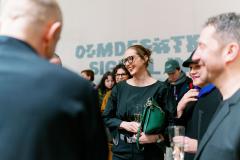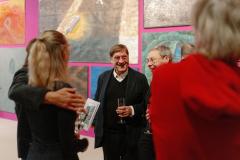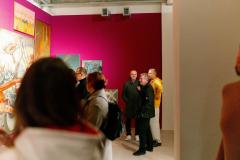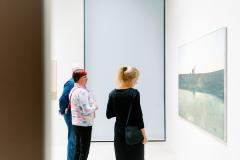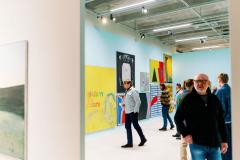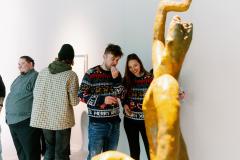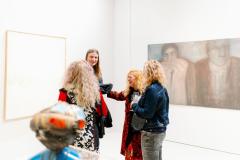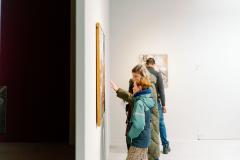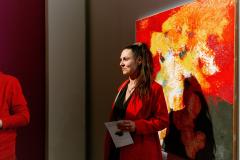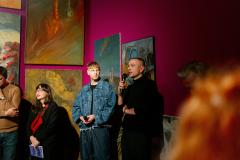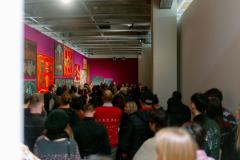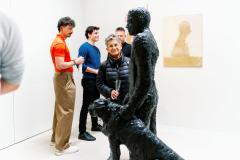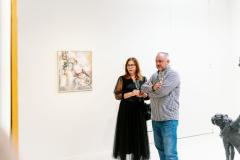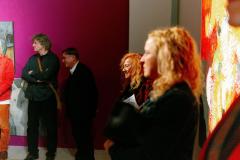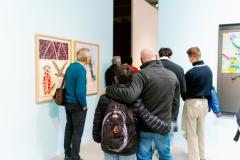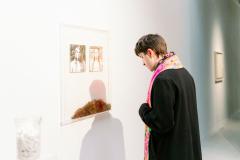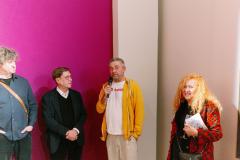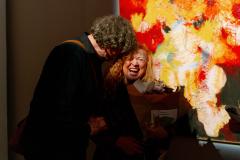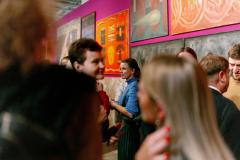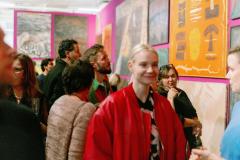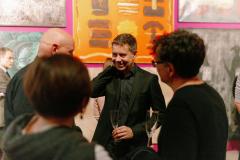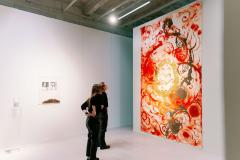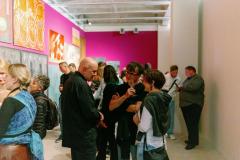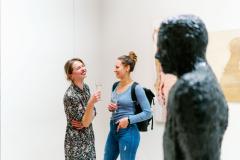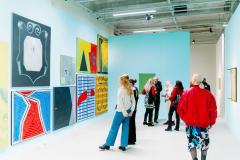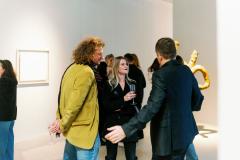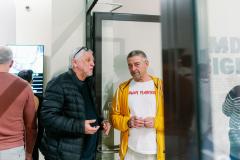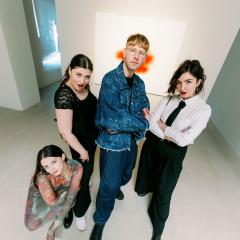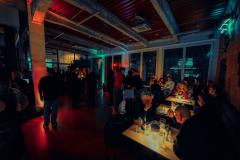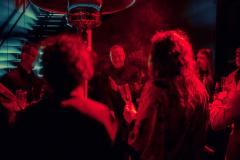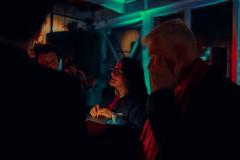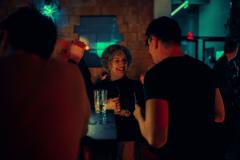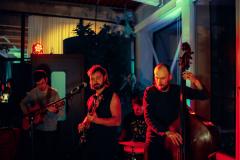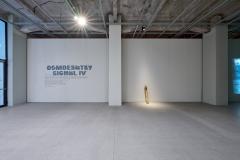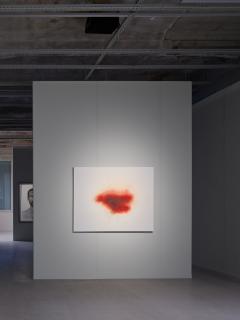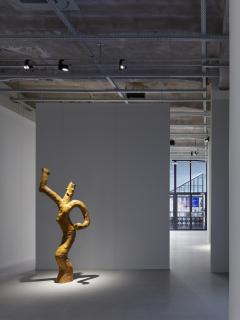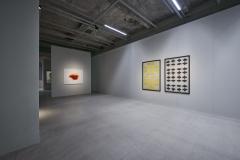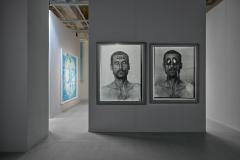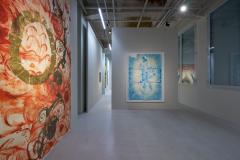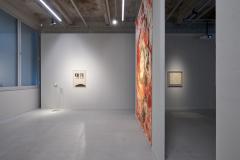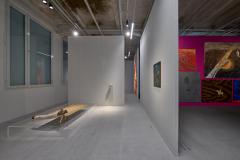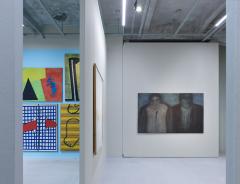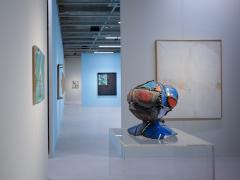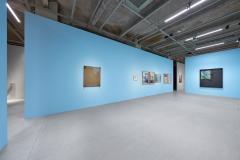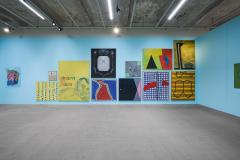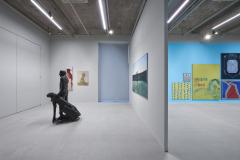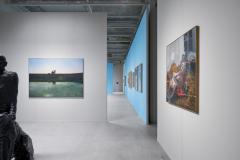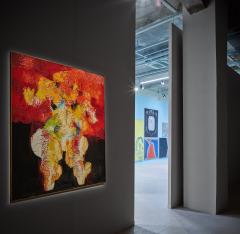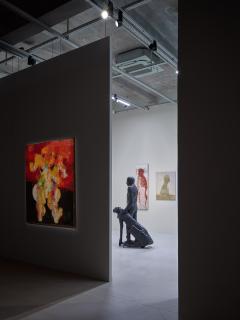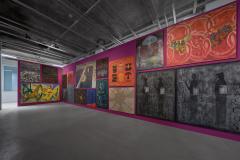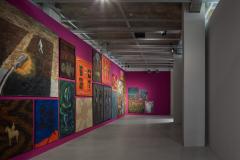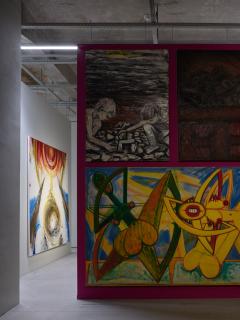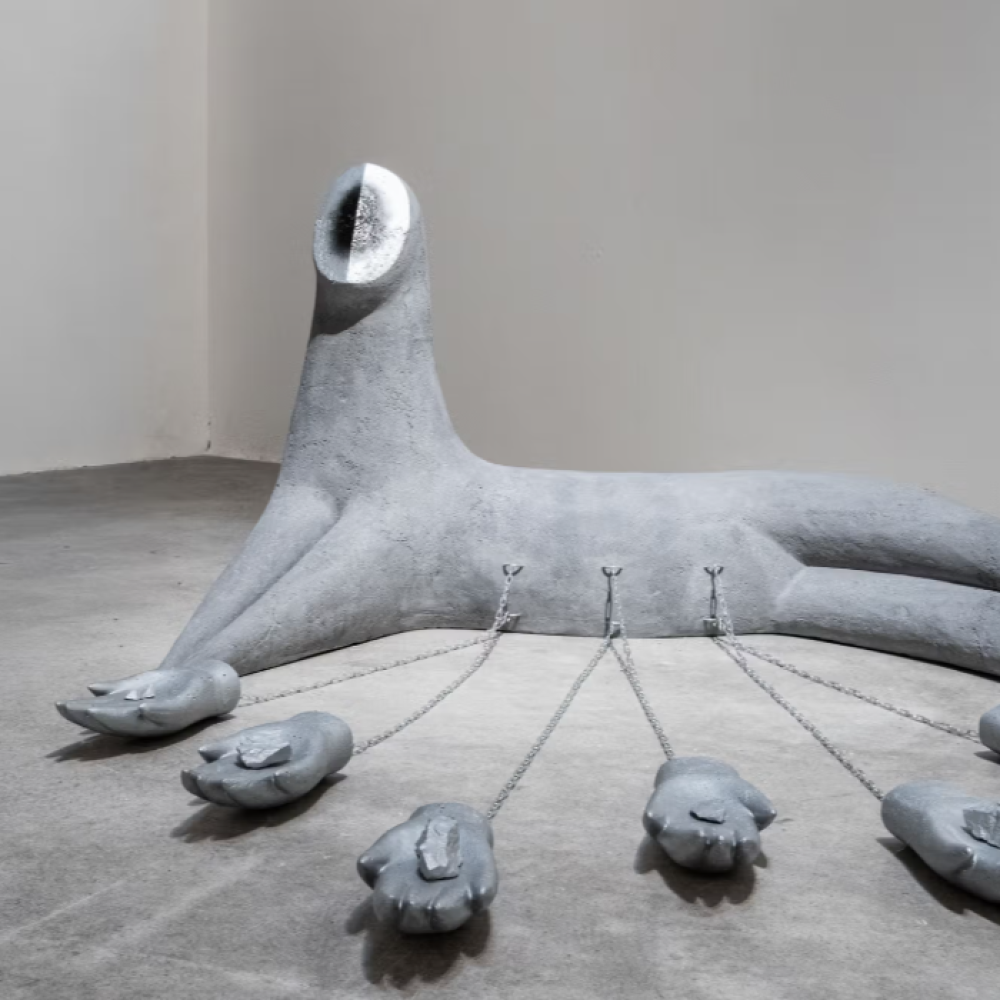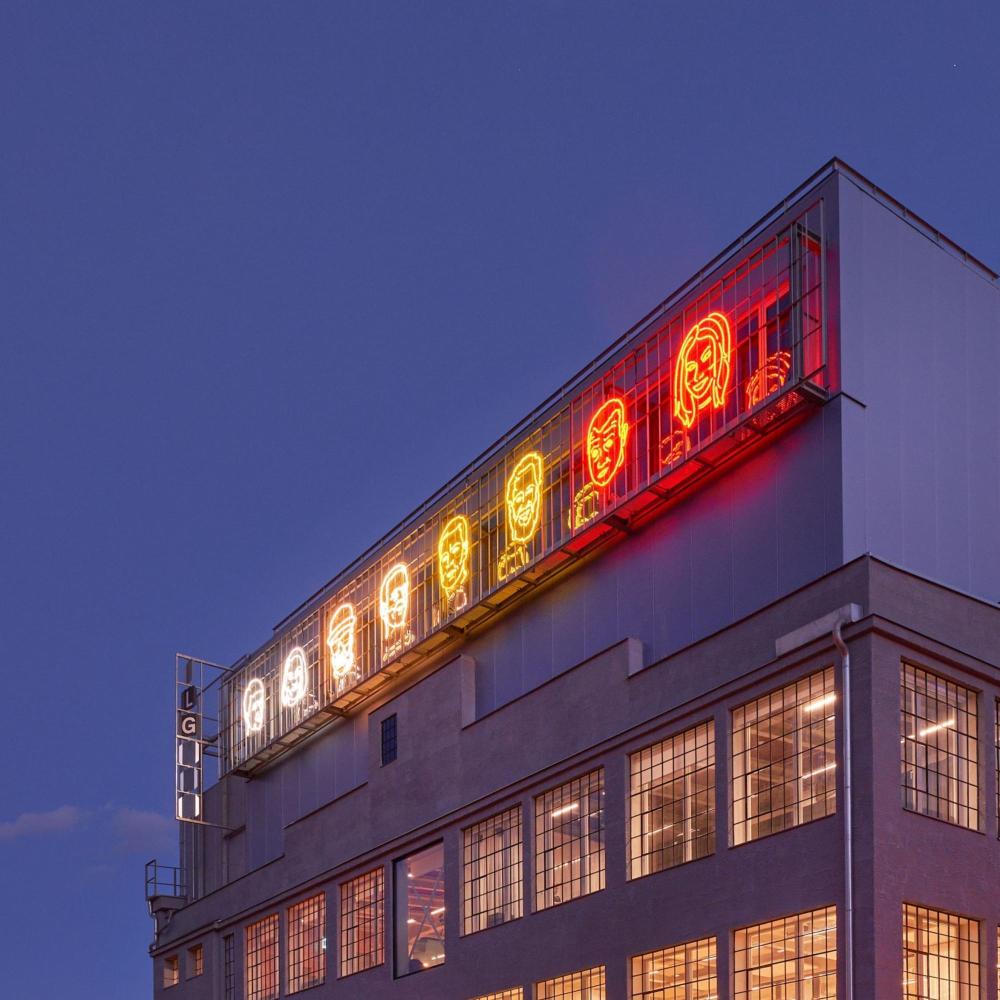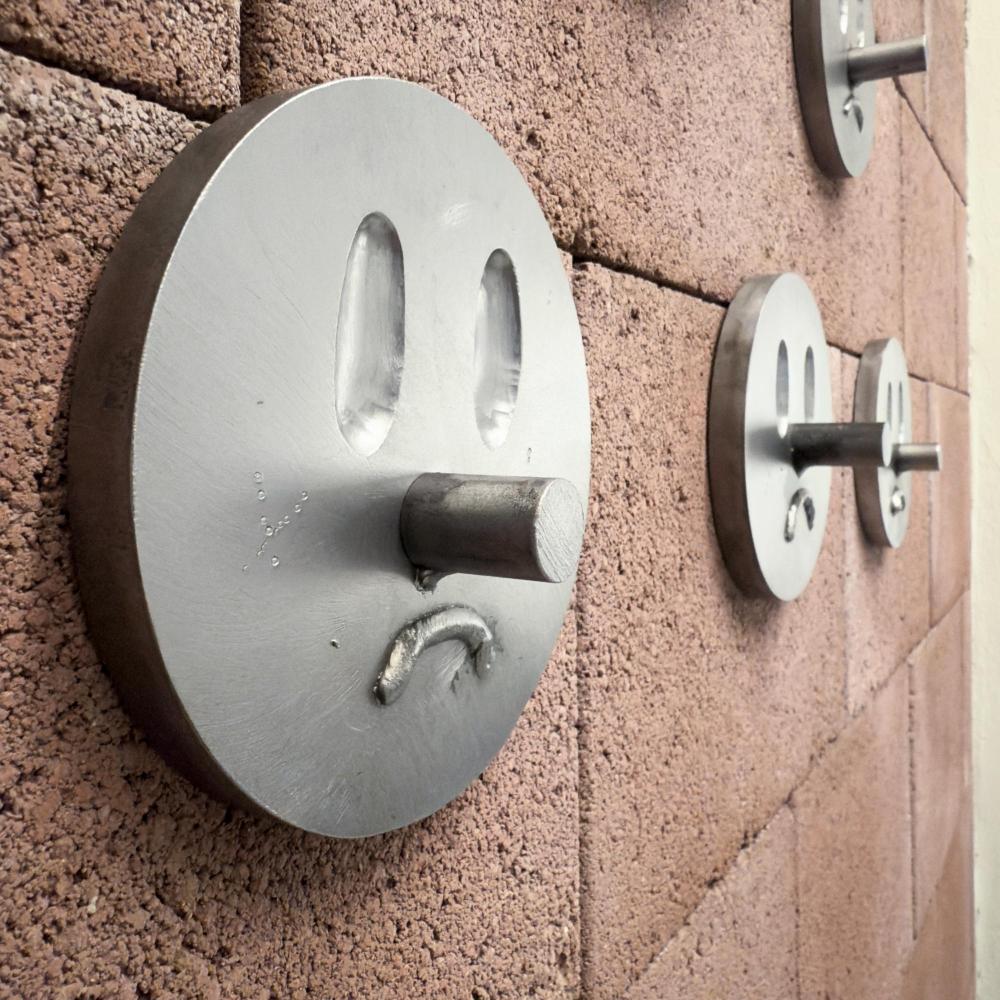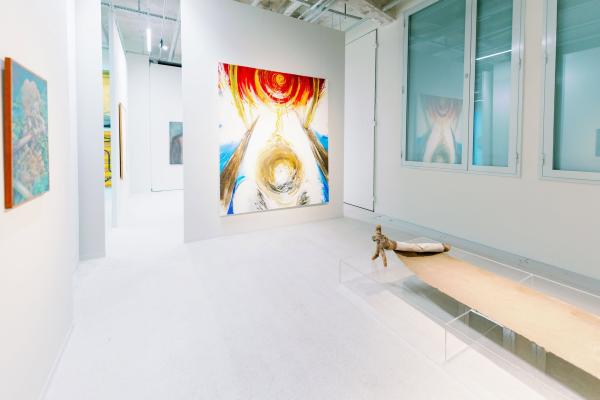
Ales Vesely, Untitled III, 1986
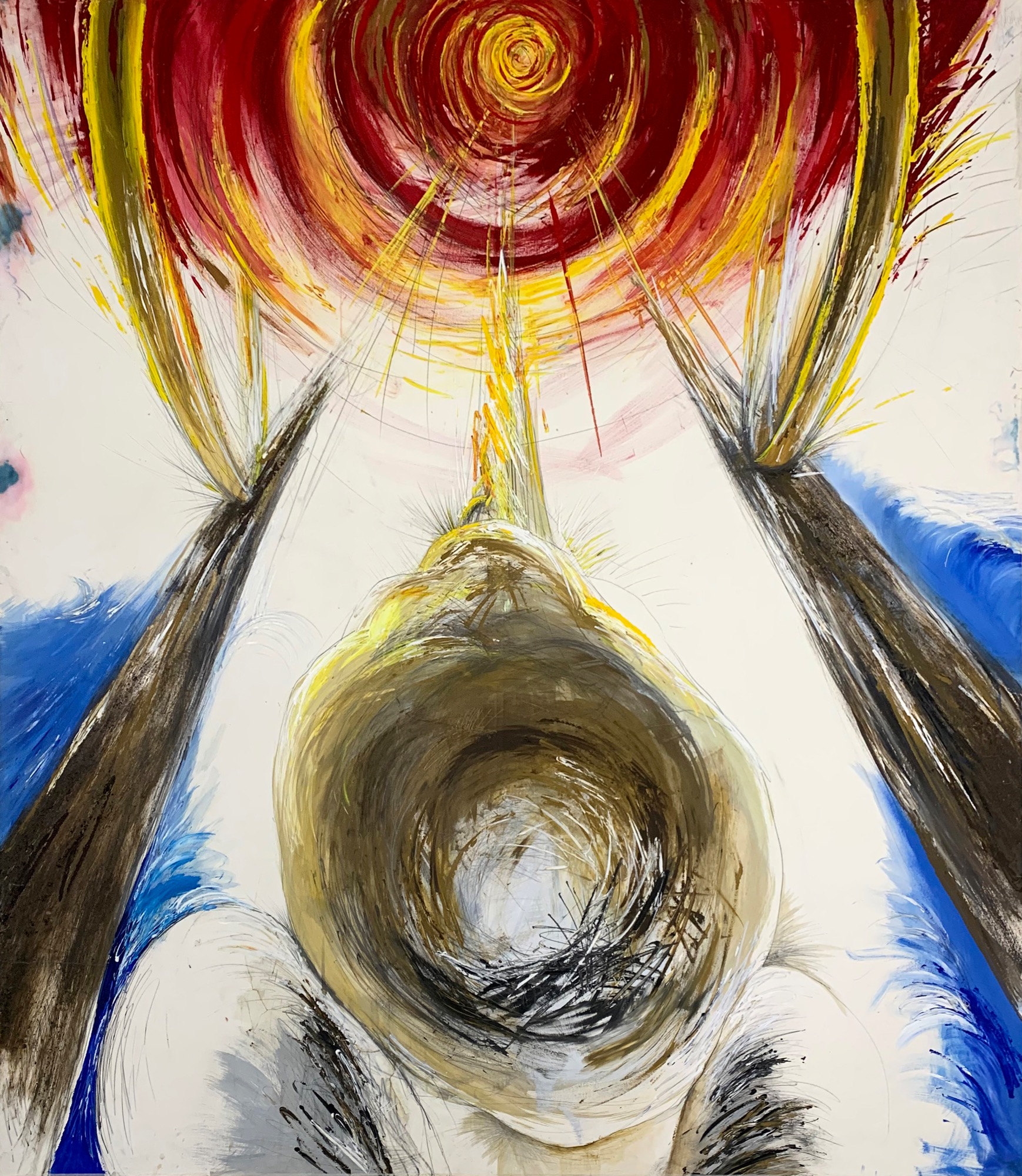
The work of Aleš Veselý (1935-2015) occupies a quite exceptional position in the context of Czech art, primarily due to his ability to combine in monumental forms the most basic questions about the nature of phenomena and events with an essentially intimate experience. Thanks to this, his paintings, drawings and objects on the border between sculptures and architecture resonate not only with archetypal and mythical ideas of humanity and the ideas of Eastern philosophies, but also with the findings of modern relativistic physics.
A series of ideas determining the basic character of Vesely's thinking can be found already in the poetic-theoretical text Usurperator or Auxiliary Text for the Determination of a Defined Space (1966), which the artist formulated in connection with the object The Usurper Chair (1964). In the text, Veselý aims at a conception of time and space close to archaic cosmological ideas and at an ordering of the world in which the boundaries between microcosm and macrocosm and between subject and object are blurred. The exploration of the laws of natural forces in an endless process of change and the latent manifestations of energy between the elements subsequently became a continuously developed theme in Vesely's work, which draws man into the cosmic cycle with its complex, universally valid principles.
It is therefore from this perspective that not only the utopian desert and landscape projects and the projects of "anthropometric places", with which Aleš Veselý ranked alongside the great personalities of the world's land art and earth art, but also his monumental paintings from the 1980s, which form the core of the exhibition, should be perceived. The expressive drawings in acrylic paint on paper, which Veselý called "drawing-paintings", cannot only be understood as an immediate expression of the artist's intense sensibility, but also announce the artist's unique conception of the universe. If everything in the structure of the world is interconnected and subject to the same principles, then the deep spiritual immersion of the author becomes a direct condition for approaching the universal themes of order and chaos - "if a work is not strongly motivated subjectively, it can hardly touch upon the objective great themes". This is why the energetically cast lines on paper take the form of mysterious spherical elements connected by a rope or spring. A similar pictorial scheme, to which Veselý would later return many times, first appeared in his sculpture Memento, which was created at the same time as his famous sculpture Kaddish at the Symposium of Spatial Forms in Ostrava (1967-1968). While in Memento a massive sphere is suspended from a triangular structure and prevented from hitting the ground by a rope, in the paintings from the 1980s it is no longer entirely clear whether the spherical mass is being pulled towards the ground or whether we are witnessing a collision of the elements or the expansion of planetary bodies. At the same time, the runners place the viewer at the foot of the scene, who at the same time finds himself in the position of the artist and becomes a direct participant in the forceful action. The interrelationships between the elements are not only determined by the compression and tension of the springs, but also by the latently present forces that arise between the material bodies, which are multiplied and condensed here. The pressure and gravity of the mass, recorded in the energetic manifestation, are almost tangible.
The series of "drawing-paintings", begun in 1984, culminated two years later, during the artist's three-month fellowship in the USA, which Veselý saw as a crucial period. The powerful experience of "big space and big sky" across the ocean transformed his work in a constructive-rational direction, the spontaneity and exaltation of nervous expression receded, but the intuitive awareness of connections and the duality of universal principles remained ever-present in Aleš Veselý's work.
By Martina Mrázová
